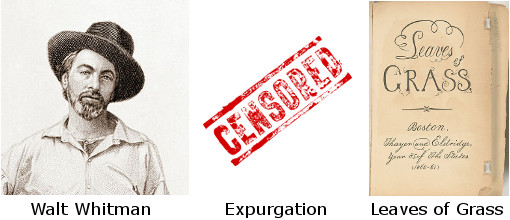Vince Lombardi? Mark Twain? Arthur Brisbane? Vidal Sassoon? Stubby Currence? Anonymous?

Question for Quote Investigator: There is an astute saying about gaining achievements through effort that deftly refers to the alphabetical order of a dictionary. Here are two versions:
1) Success comes before work only in the dictionary.
2) The dictionary is the only place where success comes before work.
This expression has been attributed to football coach Vince Lombardi, humorist Mark Twain, newspaper editor Arthur Brisbane, hair stylist Vidal Sassoon, and others. Would you please explore its origin?
Reply from Quote Investigator: QI has found no substantive evidence that Mark Twain made this statement. It is not listed on Barbara Schmidt’s TwainQuotes.com website, an important reference tool for checking expressions ascribed to the luminary. Also, it does not appear in the large compilation “Mark Twain at Your Fingertips”.
The earliest strong match for this saying known to QI appeared as a filler item in the “Oklahoma City Star” newspaper in 1934. Boldface added to excerpts by QI:1
PERTINENT POINTER
“The only place where SUCCESS comes before WORK is in the dictionary.”—Clipped.
The acknowledgement “clipped” probably meant that the quip was clipped from another periodical; hence, the ascription remains anonymous. QI believes that the expression evolved over time from related jokes, and details are presented below.
Here are additional selected citations in chronological order.
Continue reading “Quote Origin: The Dictionary Is the Only Place Where Success Comes Before Work”

